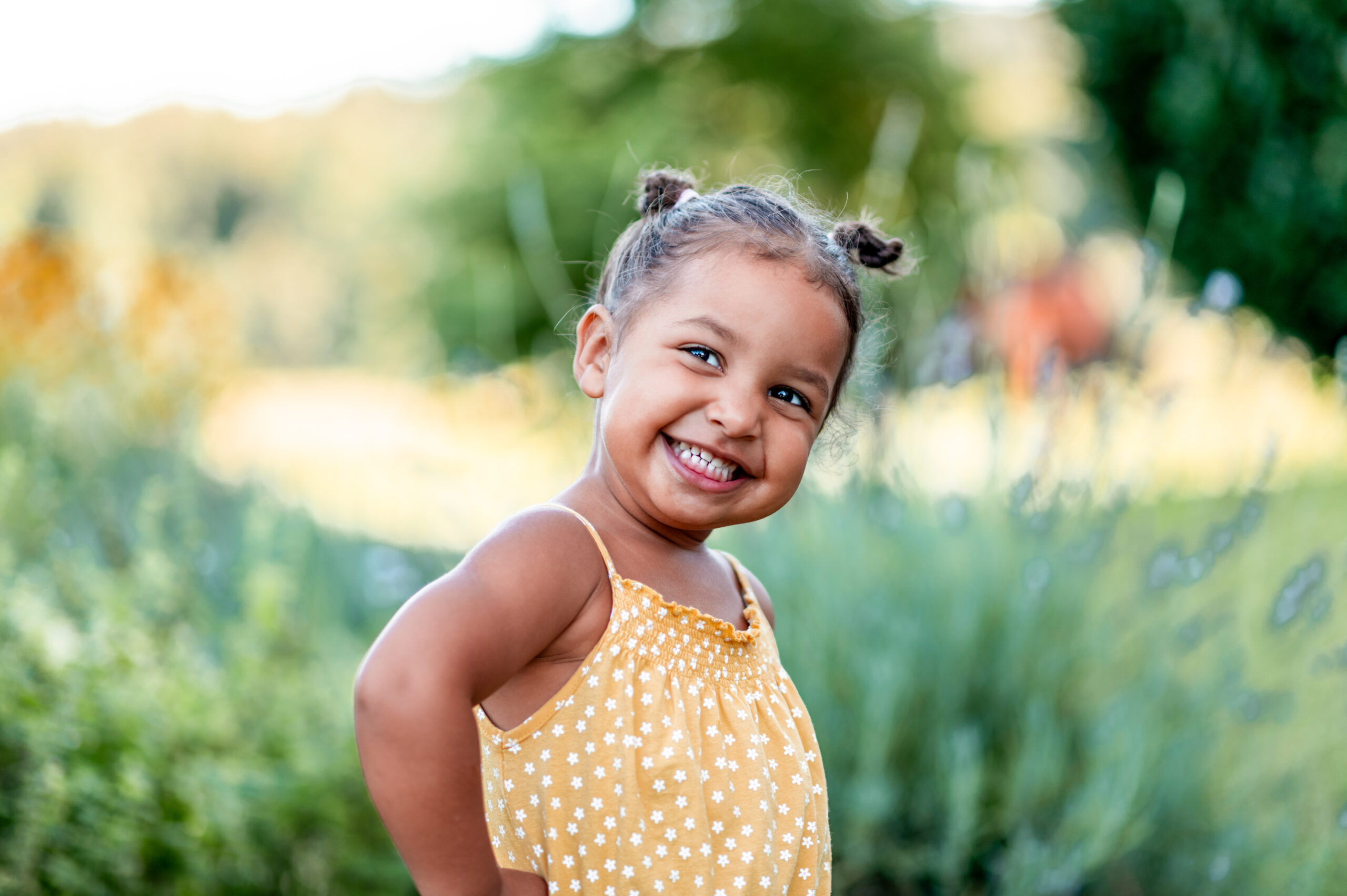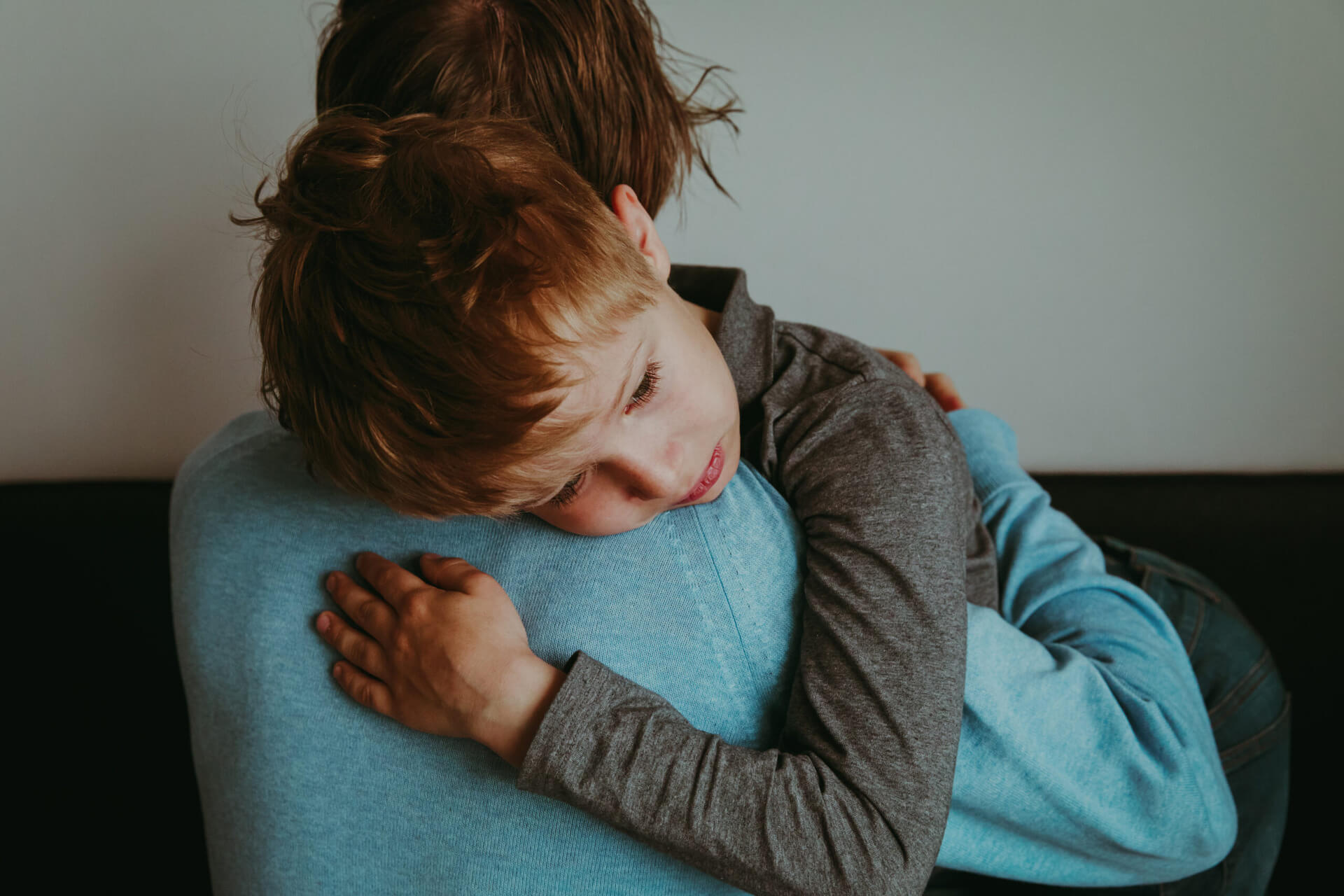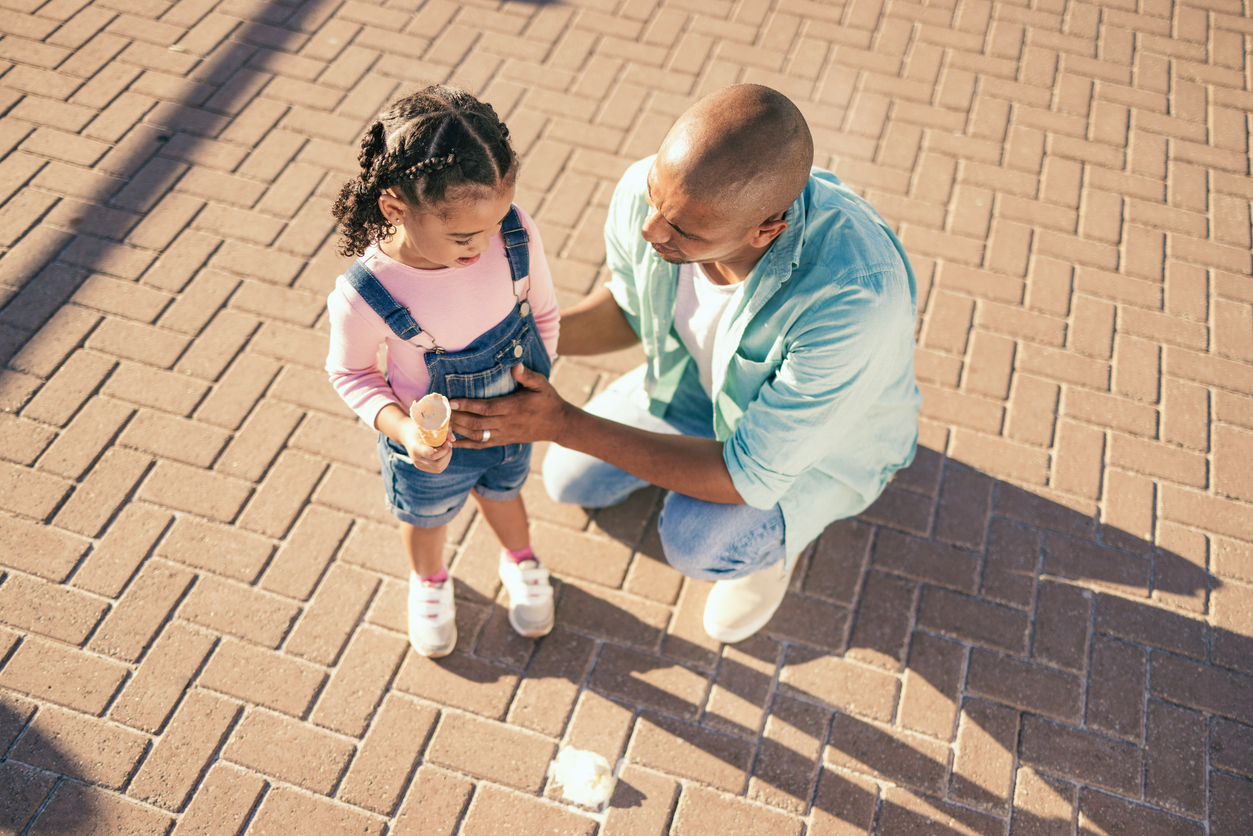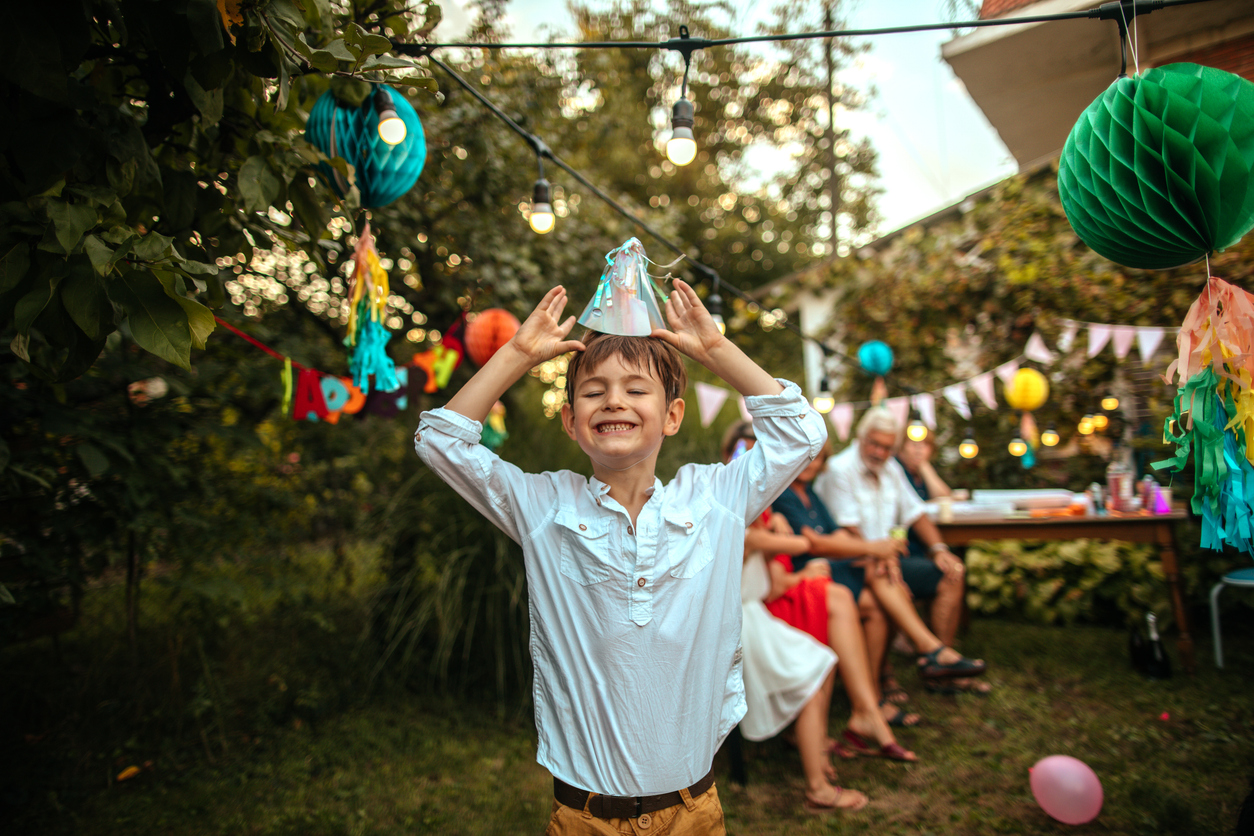Fear in Little Kids: What’s Normal and How to Help
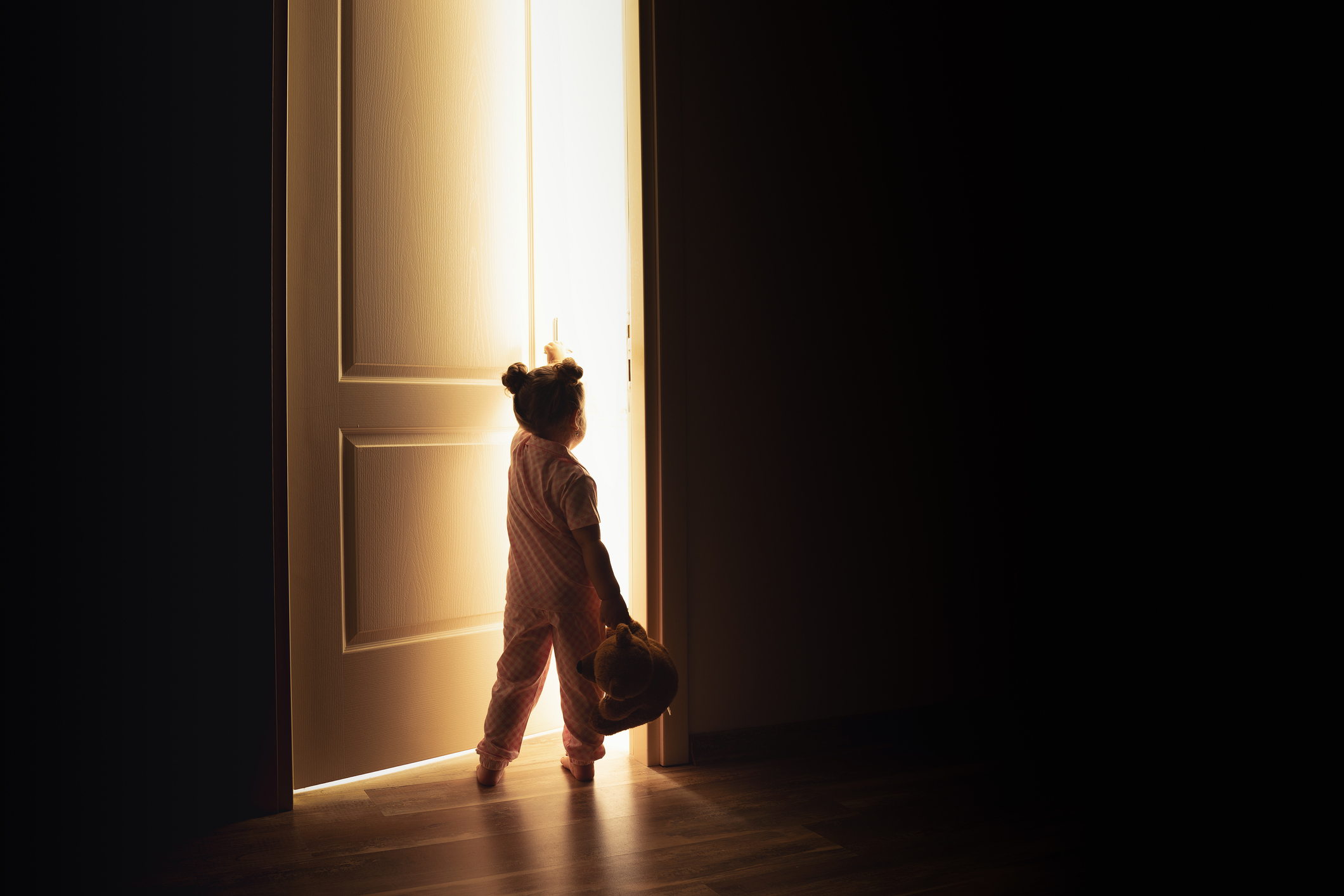
It’s 2 a.m., and you’re sitting on the edge of your child’s bed for the third time tonight, reassuring them that the closet is still empty. Or maybe it’s the friendly golden retriever next door who suddenly seems terrifying. Or the vacuum cleaner. Or shadows on the wall.
If you’ve watched your confident little one suddenly freeze at something that seems harmless to you, this probably sounds very familiar. In early childhood, fears are part of everyday life. At this stage, kids have vivid imaginations but are still learning to separate pretend from reality. That’s why things like monsters under the bed, loud thunderstorms, or that sweet neighbor dog can feel just as real and threatening as actual danger.
Many of these fears fade with time. Still, children need steady support while they learn to cope, so fear doesn’t become overwhelming.
Fear, Anxiety, and Phobia: What’s the Difference?
To understand your child’s reactions and know how to help, it is useful to see the difference between a normal, short-lived fear, ongoing worry, and an extreme fear that lasts.
-
- Fear is the body’s immediate reaction to something that feels dangerous right now. If a large dog suddenly runs toward your child, their heart races and muscles tense so they can react quickly.
- Anxiety is more about “what if.” It’s worrying about something that might happen in the future, even if no real danger is present. For example, a child worrying every night that a storm might come, even when the sky is clear.
- Phobia is an intense, lasting fear of a specific thing, like insects or heights, that is much stronger than the actual risk. Children with phobias may go out of their way to avoid the situation, or feel very distressed when they can’t.
In short: Fear is now. Anxiety is future worry. Phobia is fear that’s out of proportion and hard to shake.
How You Can Help
1. Listen and take them seriously
Let your child explain what feels scary by asking them gentle questions to understand better: “What makes thunder scary?” or “Is it the dark itself, or the shadows?” Avoid saying things like, “That’s not scary” or “Only babies are afraid of that.” These phrases dismiss their feelings instead of making them feel understood.
2. Keep explanations simple
Children don’t need long speeches. A short reassurance like, “That sound was just the washing machine” is enough. Too much detail can actually make the fear grow bigger in their mind.
3. Practice little by little
Gradual steps build confidence. If your child is afraid of the dark, you might begin with a nightlight, then try leaving the door slightly open, and slowly work toward sleeping with lights out. If they’re old enough, talk through the plan so they feel included. Remember that progress isn’t always linear. Some nights you’ll take two steps back, and that’s okay.
4. Give them calming tools
Teach small ways to settle down: taking slow breaths (like blowing out birthday candles), squeezing a favorite stuffed animal, or wrapping themselves in a blanket like a “cozy burrito.” These tricks help kids feel more in control when fear hits.
5. Explore fears through play
Pretend play gives children a safe way to face what’s scary. Drawing the “monster” under the bed, acting out a doctor’s visit with dolls, or pretending to be superheroes fighting off bad dreams can all help kids process their feelings.
6. Model calm and courage
Kids copy what they see. If you stay calm when you hear thunder, or even say, “That startled me, but I know we’re safe”, you show them that fears can be handled.
7. Respect their limits
Not every fear needs conquering right now. If your preschooler doesn’t want to join a Halloween haunted house or pet the neighbor’s big dog, that’s okay. Forcing them can backfire.
8. Celebrate small wins
Progress deserves praise, no matter how small. “I’m proud of you for staying in your room tonight” or “You were so brave listening to the thunder” helps build confidence step by step.
9. Balance comfort with independence
Offer hugs, reassurance, and closeness, but also give your child chances to try calming themselves. Easier said than done at 2 a.m., but the balance between comfort and space is what helps resilience grow. You’re not trying to eliminate all fear, you’re teaching them they can handle it.
10. Know when to seek extra help
Sometimes fears go beyond what’s typical and may need extra support. Consider talking to a professional if:
-
- Your child can’t stop thinking or talking about a fear, even when it’s not happening (for example, worrying for weeks about a doctor visit).
- Fear keeps them from doing everyday things they usually enjoy, like avoiding the park because there might be dogs.
- Fear causes extreme reactions, such as panic attacks, repeated habits to feel safe (like checking under the bed ten times), or pulling away from family, friends, or activities they normally like.
Final Thought
Fear in young children is normal, and in many ways, it’s a chance for them to learn courage, coping, and trust. Your presence, your patience, and your willingness to show up at 2 a.m. for the third time, that’s what matters most. That lesson of “I’m here, and we’ll figure this out together” lasts far beyond childhood.







